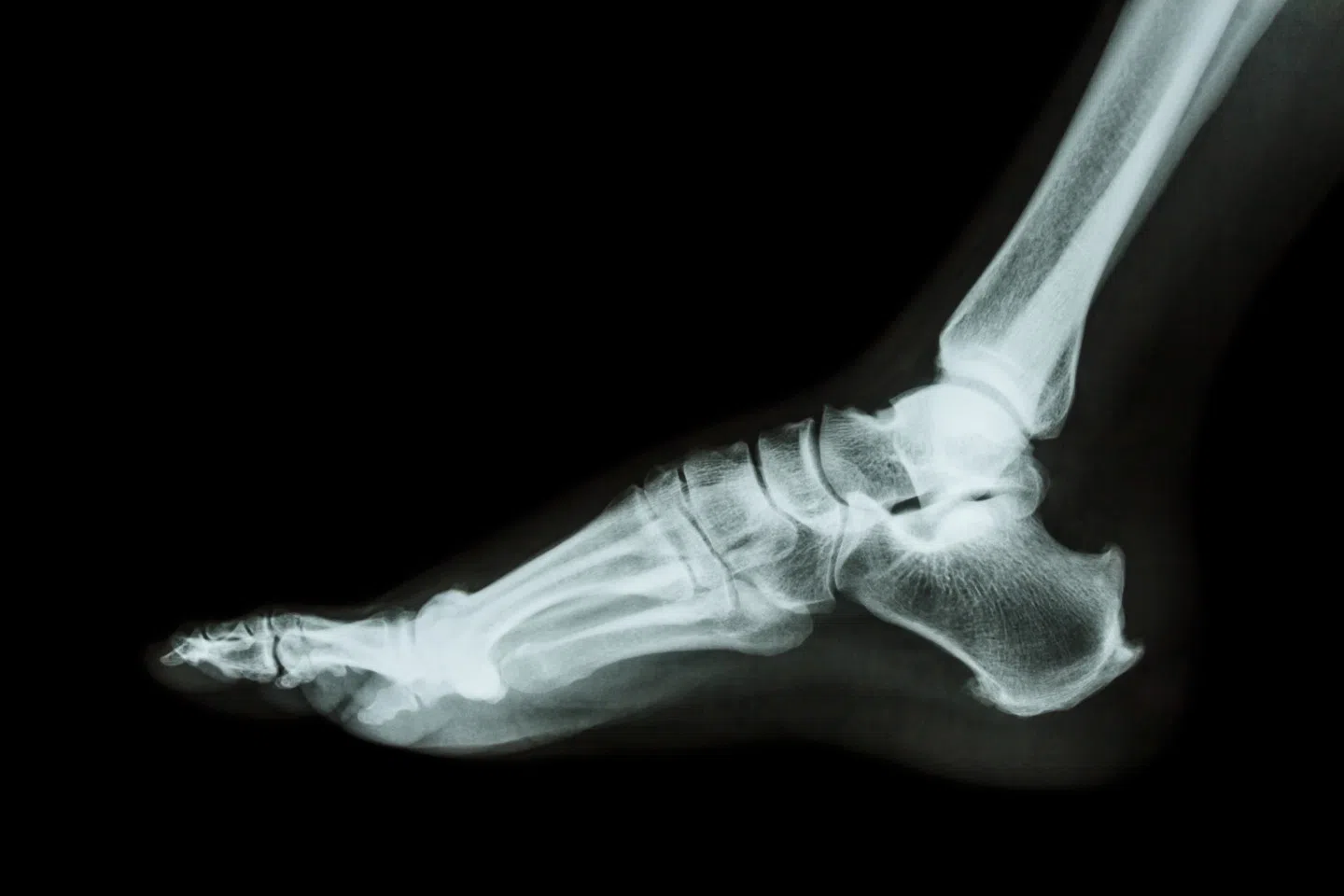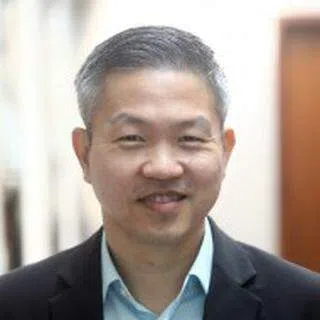Visiting the doctor as a foreigner in China: I see potential for collaboration
It was a very different time when Kwek So Cheer visited the doctor in China prior to the Covid-19 outbreak. Nevertheless, recent events have highlighted the need for countries to band together, sharing knowledge and expertise, not least in healthcare management. Speaking from personal experience, Kwek thinks that Singapore can collaborate with China to build a better healthcare experience beyond this special period.

Working in China since 2012 has exposed me to quite a number of unique experiences with the healthcare system there, especially in Guangzhou, Shenzhen and Shanghai. My first was in Shenzhen when there was a growth on my left foot which was starting to affect my mobility. Rather than wait until my return trip to Singapore, I decided to visit a local medical centre that specialised in orthopaedics.
That must have been sometime in 2013 when WeChat was not that prevalent yet. I made a phone call to make an appointment and on the actual day of the visit, I was amazed that the holding room was not large enough and many patients had to wait for their turn in a courtyard within the premises.
When it came to my turn, after a brief consultation, I was led to a room where X-rays were taken of my foot. The equipment looked new and expensive. I then waited for another hour or so before being called back to the consultation room with the doctor. The images showed that there were no fractures and the elderly and wise-looking man in white confidently said that it was a simple case of 淤血 (something like a blood clot, where blood had somehow accumulated and formed a lump).
The doctor said that the lump should be treated and cured by draining the blood. He then scribbled some instructions to the nurse who led me to a room where I was laid on a bed with my foot resting on a pillow. The lump on the foot was cleaned and I then saw an instrument that looked like a screwdriver with the tip replaced with a round disc that had many tiny spikes sticking out all across the surface. Before I could ask what the instrument was for, the nurse proceeded to hold my foot and jabbed the needles into the affected area a few times. I was too shocked to protest and watched incredulously as the blood started to drain into a kidney dish through the freshly punctured holes.
After the foot was bandaged and I somehow managed to limp back to the office, I shared the ordeal with my colleagues. None of them were surprised and shared that it was not an uncommon procedure. I began to understand why, when after a few days, the wound was completely healed and the lump was gone.

Another unique experience in China was that each time I had a flu or fever, without fail I would be given a couple of packets of medicated solutions where I had to bring along to a room with chairs that had standing metal drip holders next to them. A nurse would open a pack of needles and attach it to the tubes that ran along the metal poles and was attached to one of the prescribed drip packs that she had hung at the top. The nurse would look for a vein at the inside of the elbow and pierce the needle into it. There would be a dial along the tubes where I could then adjust the rate of the drip into my veins.
After the first pack had finished after around thirty to forty minutes, I would then press a bell behind the chair and the nurse would be back to attach the second pack to the tube and continue the course. Throughout the procedure that lasted more than an hour, I would still have a free hand to navigate on my phone, occasionally pausing to look around to see everyone else doing the same thing as me. I used to wonder if it was "safe" to be in the same room with so many patients undergoing drips in such close proximity, but I guess this practice had become such a norm to the point where no one really questioned them. I did not really enjoy the experience of these self-service drips (打点滴) and I had to resort to keeping a stash of medication like paracetamol, charcoal pills, etc and self-medicate whenever I was under the weather as a first line of defence before considering a trip to the drips.

Lastly, throughout my years in China, I had to visit the designated centres for health screening annually as part of the process to renew my work permit. After the initial over-the-counter registration, payment as well as photo taking, a form would be given where various stations were listed for different tests to be taken. The first station would be where your height and weight were taken and subsequent stations included blood collection, ultrasound scans, X-rays, etc where one was rushed through each of these stations mechanically. I had been to two of such centres, one in Guangzhou and one in Shanghai which were set up for foreigners like me applying for work permits. Both were quite similar and very functional. I did think that they could have tried harder in having the walls painted and fresher furnishings for a better experience though.
It is still based on a very scientific, functional and "just get the job done" approach.
There is definitely a huge potential in the healthcare market in China. The population is ageing and the demand for good healthcare will outstrip the supply. However, I feel that the planning and strategies around the future of healthcare in China arguably have not put enough consideration into the patients' experience. It is still based on a very scientific, functional and "just get the job done" approach. Skills required in providing a top-class experience are very different from the skills in medicine and administration. This could be an area where Singapore can play a part in. We need not go into the hardware areas where China is more than capable of excelling. But the software areas which we could create a medical care environment where patients feel relaxed and cared for in a relatively more "human" way. This is also an area where technology would be hard to replace. Being able to focus on the person-to-person connection, building on the social relationships with individuals in their most required time of need is a deeply unharnessed strength that Singaporeans have.
Granted, there would be considerations and details to be worked out. Additional investments in infrastructure, ensuring that resources for healthcare in Singapore are not compromised, and partnerships with centres in China for the end-to-end patient journey, etc would need to be thought through. These and many other obstacles would have to be overcome. But once overcome, not only would healthcare be one of the strongest pillars in the economy of both countries, it would also raise further the social, care and emotional quotient of the peoples of both countries.
Note:
In the early stages of the Covid-19 outbreak, Singapore donated personal protective equipment, medical supplies, and Covid-19 diagnostic test kits to China. The Singapore Red Cross also raised more than $6 million for Covid-19 relief operations. Singapore Prime Minister Lee Hsien Loong expressed on 24 February in a letter to Chinese President Xi Jinping that researchers from Singapore's National Research Foundation, universities and companies stand "ready to collaborate with their Chinese counterparts to share expertise and discoveries, and work towards a vaccine and an effective treatment for the virus". Additionally, Deputy Prime Minister Heng Swee Keat and China's Vice Premier Han Zheng have also agreed to discuss cooperation in the management of public health crises at the Joint Council for Bilateral Cooperation (JCBC) to be held at the end of the year.
During an interview with CNBC on 11 March, Singapore Foreign Minister Vivian Balakrishnan said that China and Singapore have been and will be working closely in times of fighting the Covid-19 pandemic and beyond. He said, "There has been close communication, both at the political and professional levels. The fact that China published the genome in early-January was the reason why we were also able to develop PCR test kits, which, in a nice circle, we were able to provide them when they needed some additional help. Now, we are continuing to discuss, not only overcoming the problem in the containment phase, but we are also looking beyond that. Beyond this phase, beyond this month, for the next one year - how do we reboot the economy? How do we handle a sustainable posture for travel? And how do we keep life going?"





![[Big read] China’s 10 trillion RMB debt clean-up falls short](https://cassette.sphdigital.com.sg/image/thinkchina/d08cfc72b13782693c25f2fcbf886fa7673723efca260881e7086211b082e66c)